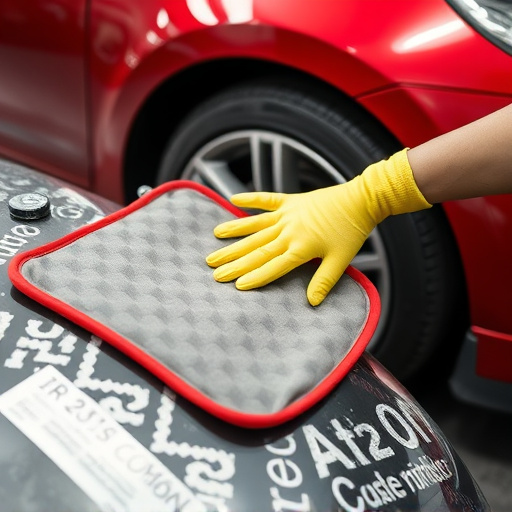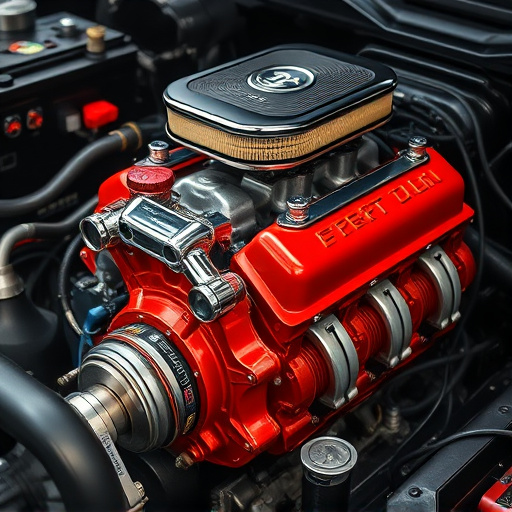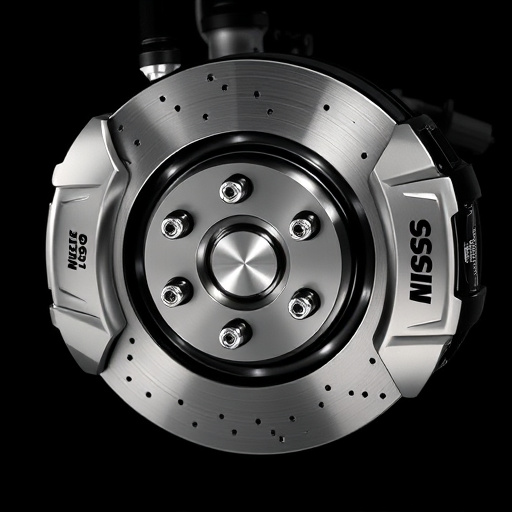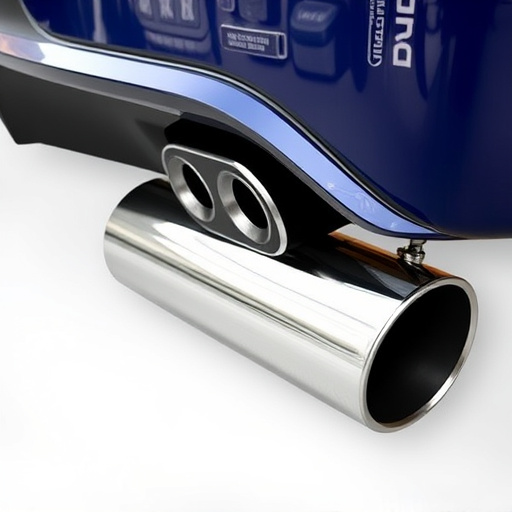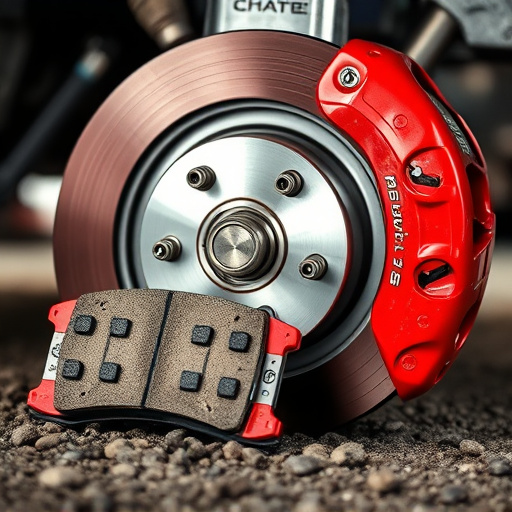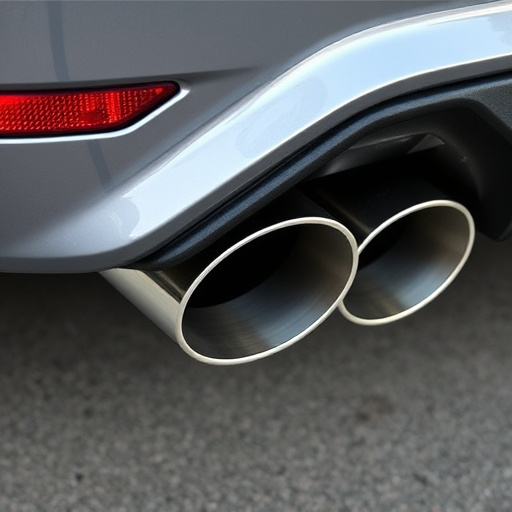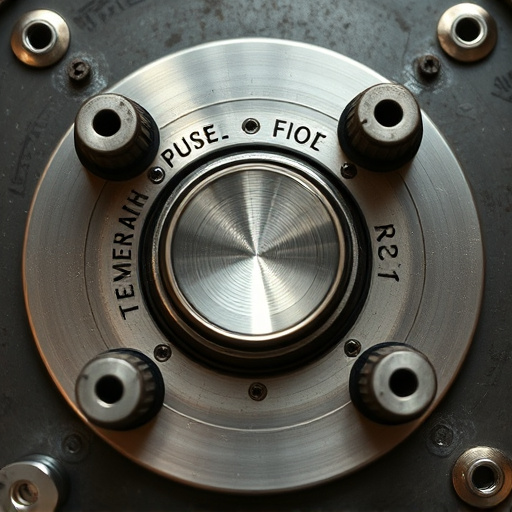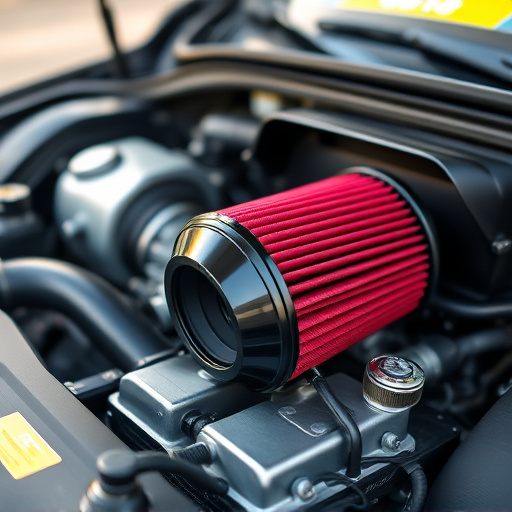Engine air intake (EAI) is vital for vehicle performance, ensuring clean air flows into the engine. Regularly inspect EAI systems for issues like clogged filters or restrictions. Replace components with compatible, high-quality parts, considering vehicle make and model. Upgrades like high-flow intakes can boost horsepower but require careful integration with other mods. Always prioritize quality and consult manufacturer guidelines for optimal performance gains.
Before replacing your engine’s air intake, know that this critical component facilitates the flow of oxygen-rich air to your vehicle’s engine. A well-functioning air intake enhances performance and fuel efficiency. This article guides you through the essentials. We’ll walk you through understanding the system, performing a pre-replacement checklist for safety, and choosing the right components for peak performance. Ensure a smooth process and unlock your engine’s full potential.
- Understanding Engine Air Intake: Its Function and Importance
- Pre-Replacement Checklist: Ensuring a Safe and Effective Procedure
- Choosing the Right Components: What to Consider for Optimal Performance
Understanding Engine Air Intake: Its Function and Importance
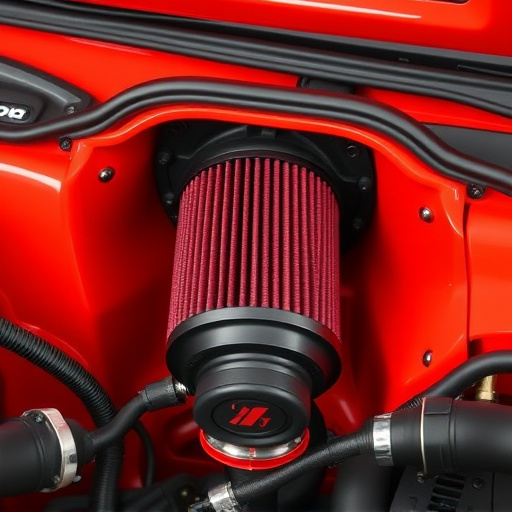
Engine air intake is a vital component of your vehicle’s engine system, responsible for supplying the right amount of clean air to the engine. It acts as the entry point for air, enabling efficient combustion and optimal engine performance. The process begins with the air being drawn in through a filter, which traps contaminants like dust, dirt, and debris, ensuring only clean, breathable air enters the engine. This filtered air is then directed into the engine’s cylinders, where it mixes with fuel to create a combustible mixture for ignition.
Proper engine air intake is crucial for maintaining your vehicle’s power and fuel efficiency. Factors such as a clogged or damaged air filter, restrictions in the intake system, or improper alignment can negatively impact engine performance. Upgrading to a high-flow air intake or modifying the exhaust system with performance exhaust and muffler tips can enhance airflow, potentially increasing horsepower and torque. However, it’s essential to ensure any modifications are legal and suitable for your vehicle’s make and model.
Pre-Replacement Checklist: Ensuring a Safe and Effective Procedure
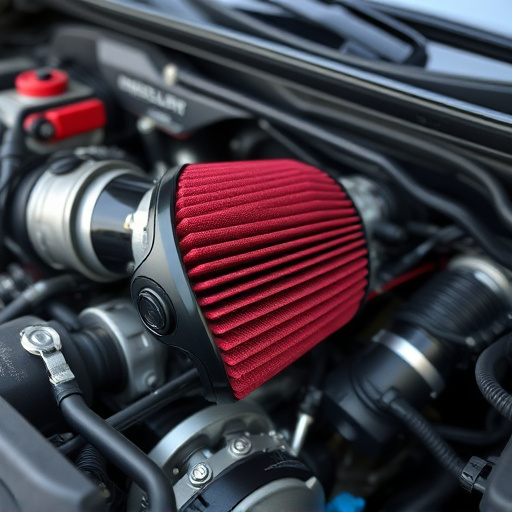
Before tackling an engine air intake replacement, it’s crucial to perform a thorough pre-replacement checklist to ensure safety and effectiveness. Start by inspecting the existing air intake system for any signs of damage or debris accumulation. Check for cracks in the plastic housing, clogged or damaged filters, and ensure all components are securely fastened. This step is essential as compromised integrity can lead to reduced engine performance and potential safety risks.
Additionally, verify that your replacement parts—including air filter kits and performance exhaust components—are compatible with your vehicle’s make and model. Consult your vehicle’s owner manual or seek expert advice if needed. Properly maintained suspension components are also key, as a stable ride enhances the accuracy of adjustments made during the intake replacement process, ensuring optimal results.
Choosing the Right Components: What to Consider for Optimal Performance
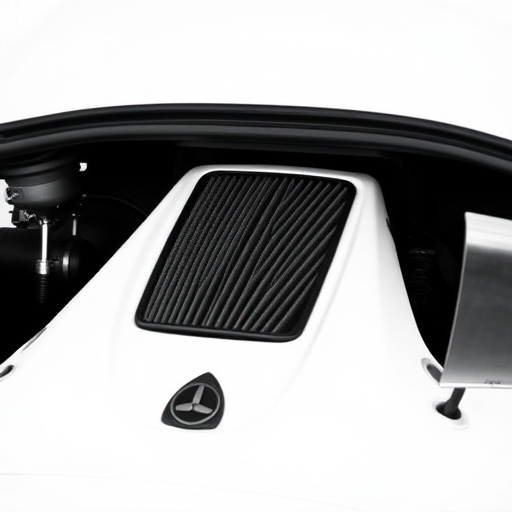
Choosing the right components is paramount when it comes to replacing your engine air intake for optimal performance. It’s not just about selecting a larger or more aggressive-looking setup—you need to consider factors like compatibility, material quality, and intended use. High-flow air filters, for instance, can significantly improve airflow but should be matched with a suitable mass air flow sensor (MAF) to prevent accuracy issues in fuel delivery. Similarly, upgrading to high-performance exhaust mufflers or coilover kits can alter your vehicle’s air-fuel mixture, necessitating adjustments to ensure peak performance and efficiency.
Remember that the engine air intake is just one piece of a larger puzzle. Integrating new components like improved spark plugs, upgraded fuel injectors, or a retuned ECU can work synergistically with a high-quality air intake to unlock even greater performance gains. Prioritize quality over quantity, opt for components designed for your specific vehicle make and model, and always consult manufacturer guidelines for best results.
Before diving into replacing your engine’s air intake, it’s crucial to understand its vital role in optimal engine performance and efficiency. By completing a thorough pre-replacement checklist and selecting high-quality components, you’ll ensure the process is safe and effective. Remember, the right engine air intake can enhance your vehicle’s overall performance and longevity, making it a worthwhile investment for any car enthusiast.





